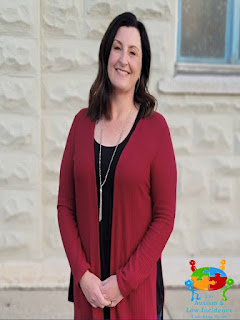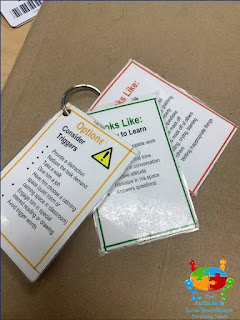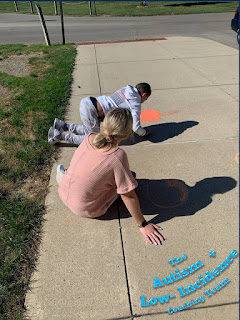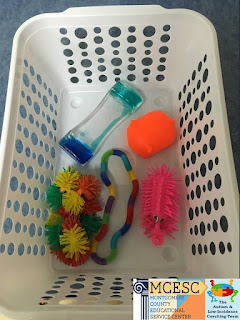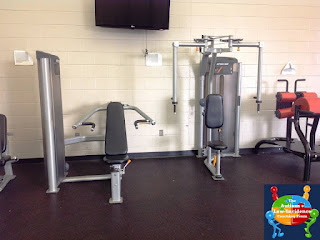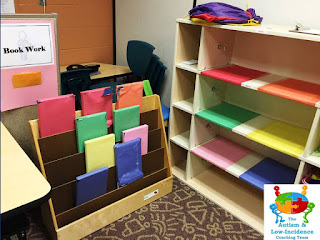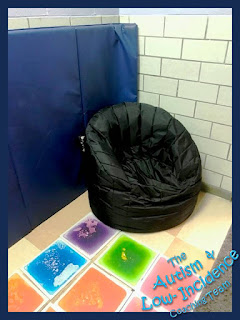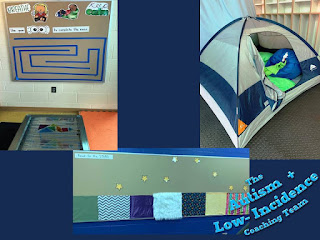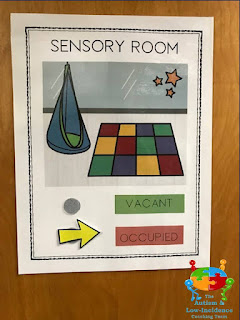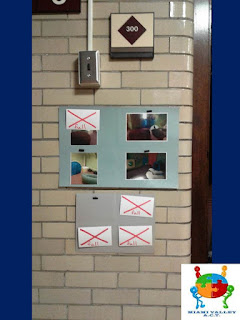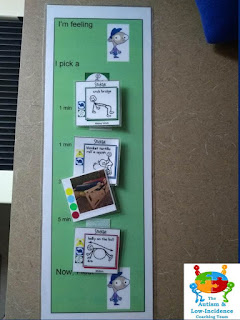Jessica Brown is a fifth-grade Intervention Specialist at Dixie Middle School. We met Jessica when we were supporting the transition of a student, Kam, from the elementary school to the middle school. Jessica spends most of her time in the general education classrooms supporting inclusion. Kam has autism and changes are always very challenging. Things were off to a very rough start where most days felt like he was in crisis. However, thanks to Jessica’s patience, determination, and the support of parents and the DMS community, things turned around for Kam. We asked Jessica to share her journey with Kam to inspire others to look past the behaviors and see a child who needs help. Here is her story:
“ I met Kam in August. At the time we were on a
hybrid schedule. This poor kid was almost set up to fail. He had been remote
for the 4th quarter, then started middle school during a pandemic with a hybrid
schedule of 2 days in person and the rest remote. Kam is a student who thrives
off of a routine. Between the schedule change and hybrid, we were having a hard
time keeping him regulated. The team and I worked together to find a schedule
that allowed him to come in a little later and spend time in the sensory room
before starting his school day. Eventually, Kam started attending school in-person
full time. We used a visual schedule as well as incentives to keep him
motivated throughout the day.
We created a separate calming room as well as a calming space for him in his classroom. Along with the ACT Team, we created cue cards to for the staff to help them notice Kam's shift in behavior. The best strategy we found to help keep Kam regulated was to be proactive. We planned for breaks, even if he said he didn't need them. We anticipated his triggers. We even planned how to handle district and state assessment days. Communication was key! Kam's team always kept in constant communication. This included parents, ACT Team, administration, support staff and teachers. The whole building jumped in. Teachers in other grades would give Kam "jobs" to do or, be receptive to Kam delivering the contents of their mailbox to them!
By November, we had found a pretty good rhythm. Then, along came Miss Emma. She was the last piece to our puzzle. She joined our team at the beginning of the second semester as Kam's 1:1 aide. Not only did she play a major part in keeping Kam regulated, but with the support of his teachers, was able to get Kam to produce quality work.
With the help of our amazing team, Kam had a great
5th grade year. In addition, I was able to build a strong relationship with
Kam. It is a relationship that slowly built over the year. First, I listened to
the parents and the teachers that previously worked with Kam. I took interest
in his interests. His breaks and incentives were based on things he liked and
enjoyed. I listened to him. I always maintained a calm demeanor when he was
working through his zones of regulation and I tried to be as consistent as I
could.
The best feeling I had that year was my birthday gift I received from Kam. He was on spring break with his grandparents and saw this painting that he thought I would like to have. He was correct. It remains on my wall as one of my most precious gifts”.
This year Kam started the year with a new 6th
grade team. Jessica helped with the transition process and made sure he had a
good start to a new year. Kam is doing awesome!


